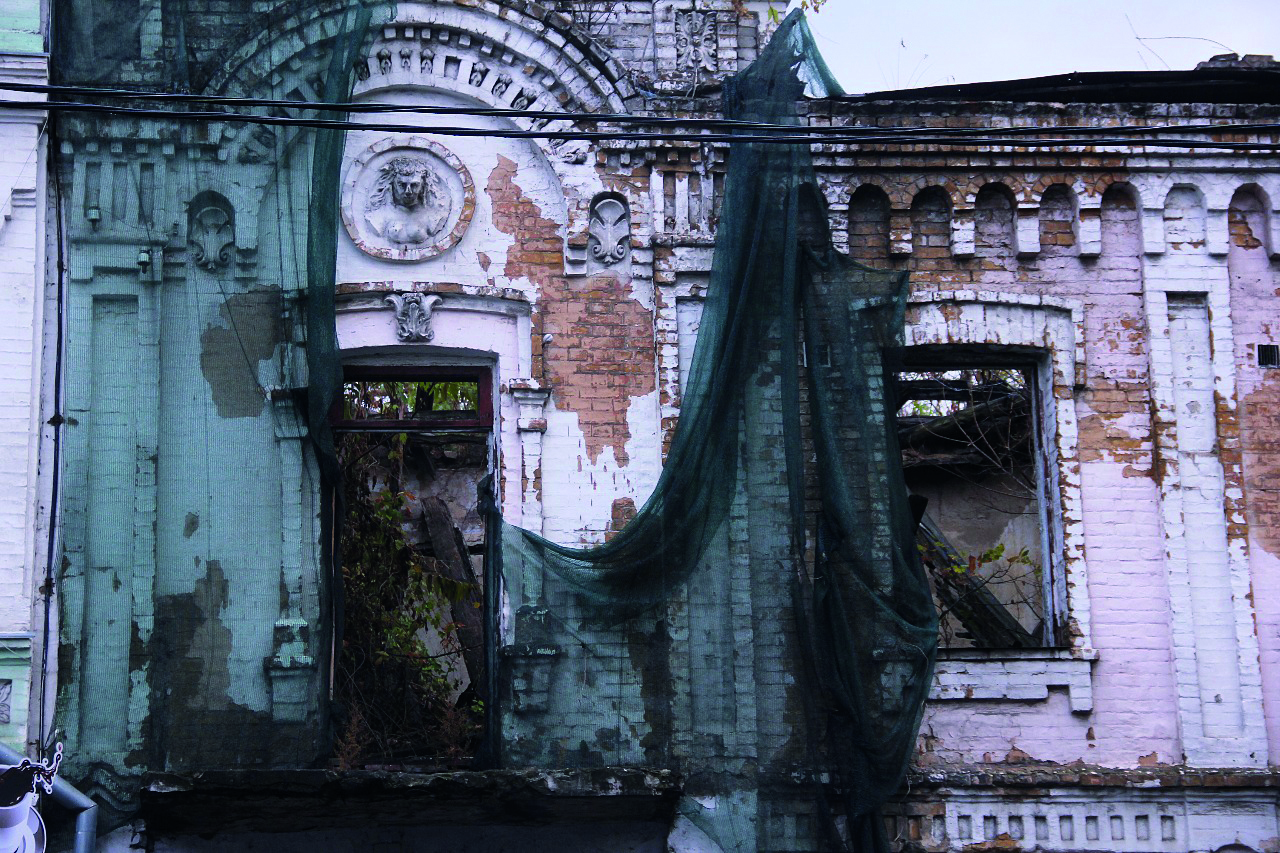A Historical Track Kyiv’s first mobile app of the 1930s

While discovering Ukraine, its history, and culture, one cannot omit its Soviet past. Still overcoming the consequences of the Communist totalitarian regime, most especially the memory of Stalin’s cruel repressions of the 1930s, Ukraine is launching a unique tourist and historical mobile app this October. Track Holodomor History shines a little bit of light on the dark events of 1932-1933 in Ukraine.
What is Holodomor?
For those who are shady on the history, Holodomor is one of the biggest crimes of the 20th century, which resulted in the deaths of more than 7 million people. Though the word “Holodomor” is not dissimilar to that of “Holocaust”, they are not connected. Holodomor, in Ukrainian consists of two words in fact: “holod” meaning “hunger” and “mor” meaning “mass deaths”.
Holodomor was an artificial mass famine on the territory of Ukraine created by the Soviet regime and authorities in 1932-1933. All crops were seized and private homes were searched for supplies. More than 80 laws and resolutions were implemented, which closed the borders of Ukraine prohibiting villagers from leaving their settlements and cutting off all possible ways of survival. For further reading, The Harvest of Sorrow by Robert Conquest is a good place to start.
Because of the “iron curtain”, very little was known about this famine elsewhere in the world. The heroic story of British journalist Gareth Jones, screened in 2019, which tells the story of how he uncovered the truth about Holodomor, might be of interest.
In 1951, American lawyer Raphael Lemkin, who coined the term “genocide”, called Holodomor a “Soviet genocide”. On 28 November 2006, the Ukrainian parliament recognised Holodomor as the genocide of Ukrainians, with 16 countries in support of this recognition at the legislative level.
 Do you need to know about Holodomor if you want to understand Ukraine and its citizens?
Do you need to know about Holodomor if you want to understand Ukraine and its citizens?
You definitely should. Though many years have passed, almost every Ukrainian family recalls their own story related to Holodomor. At the state level, this historical event is remembered each fourth Saturday of November, when millions of Ukrainians light candles in their windows in memory of the victims.
Furthermore, researchers talk about the unconscious consequences of Holodomor, which may still be observed as traits or characteristics and traditions among modern Ukrainians. For example, Ukrainians have a general distrust of authorities, they place great importance in ensuring there is bread at each meal, and they have a habit of stockpiling food – the saying “in stock, for a rainy day” explains much. So the next time you see an amount of food on the table appropriate for at least three meals, you’ll know the reason!
Find out more – Track Holodomor History
In October 2020, the Holodomor Museum with support of the Ukrainian Cultural Foundation is launching a mobile app about Holodomor in Kyiv. Track Holodomor History will act as a time machine to Kyiv at the beginning of the 1930s. (Interesting fact: Kyiv was not the capital de jure of Ukraine at that time; the Bolshevik regime had chosen the eastern city of Kharkiv as their base, publishing all of their instructions from there).
App users will be able to discover stories of places within Kyiv connected to the history of Holodomor: why the central railway station made the trains pass without stopping; what queues for bread looked like; who and why some received food while others did not. The app consists of eyewitness memory mostly, but documents, statistics, as well as some “entertaining” content – archival photos, videos, gifs – will also be available.
Users are encouraged to walk through the city and create their own customised routes by checking in at different places so as to unlock blocked content (more photos, videos, quotations, and even contemporary pieces of art about Holodomor), which will become available only when walking within 400 m of the give location. Not only is it an opportunity to get out and enjoy the city, the app allows tourists and residents alike the opportunity to understand and live the complex history of Holodomor in a 1.5-2-hour walk. In addition, it’s faster than a book and more interactive than a movie.
Finally, some may ask, why it’s crucial to remember such a horrible time in the country’s past. And the answer is so that it is not repeated again, anywhere.
You can follow the progress of the app on Instagram: @Track_holodomor_history and on the Holodomor Museum page and be among the first to learn more about the app’s release!
Iryna Kurganska
Track Holodomor History curator
Holodomor Museum














